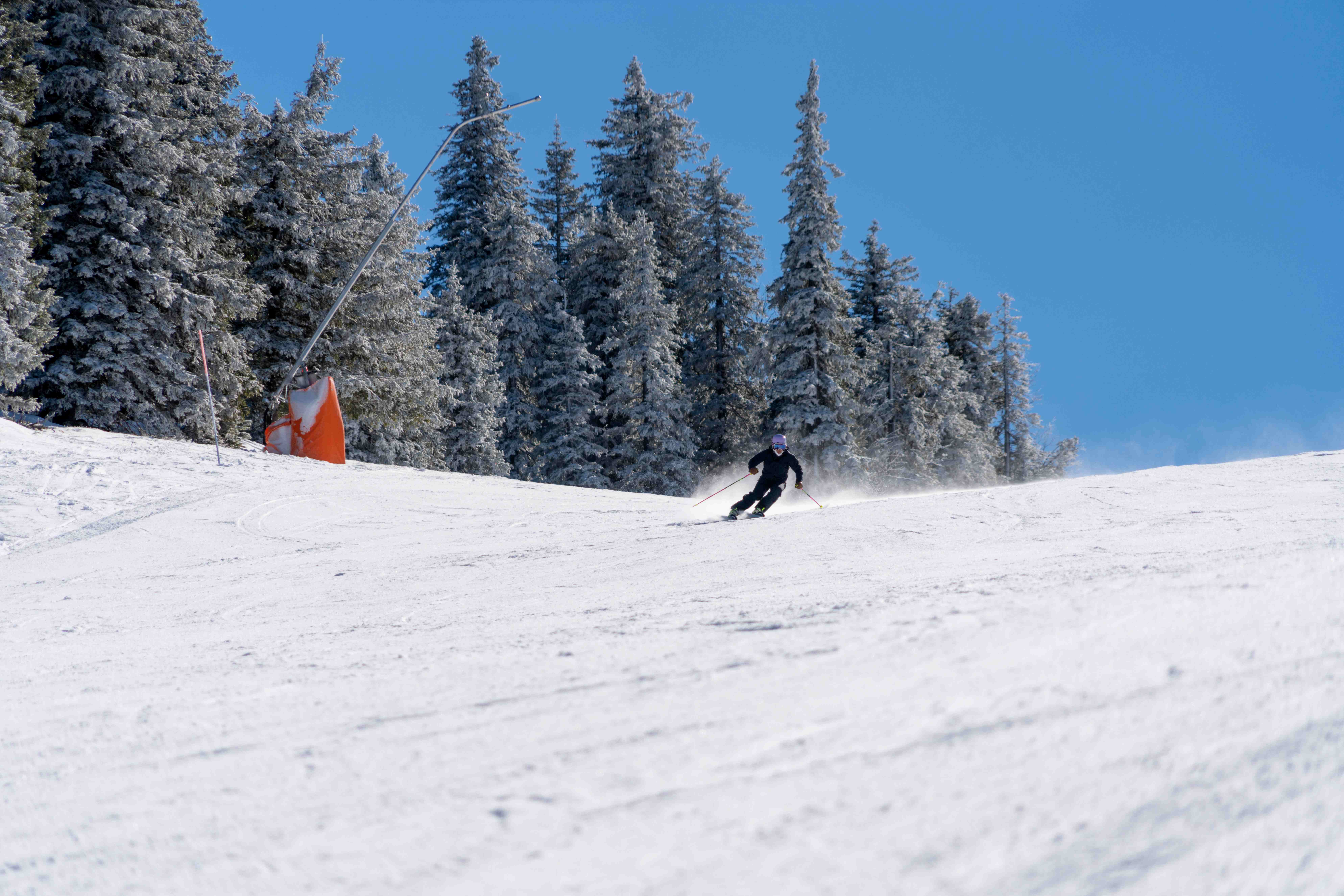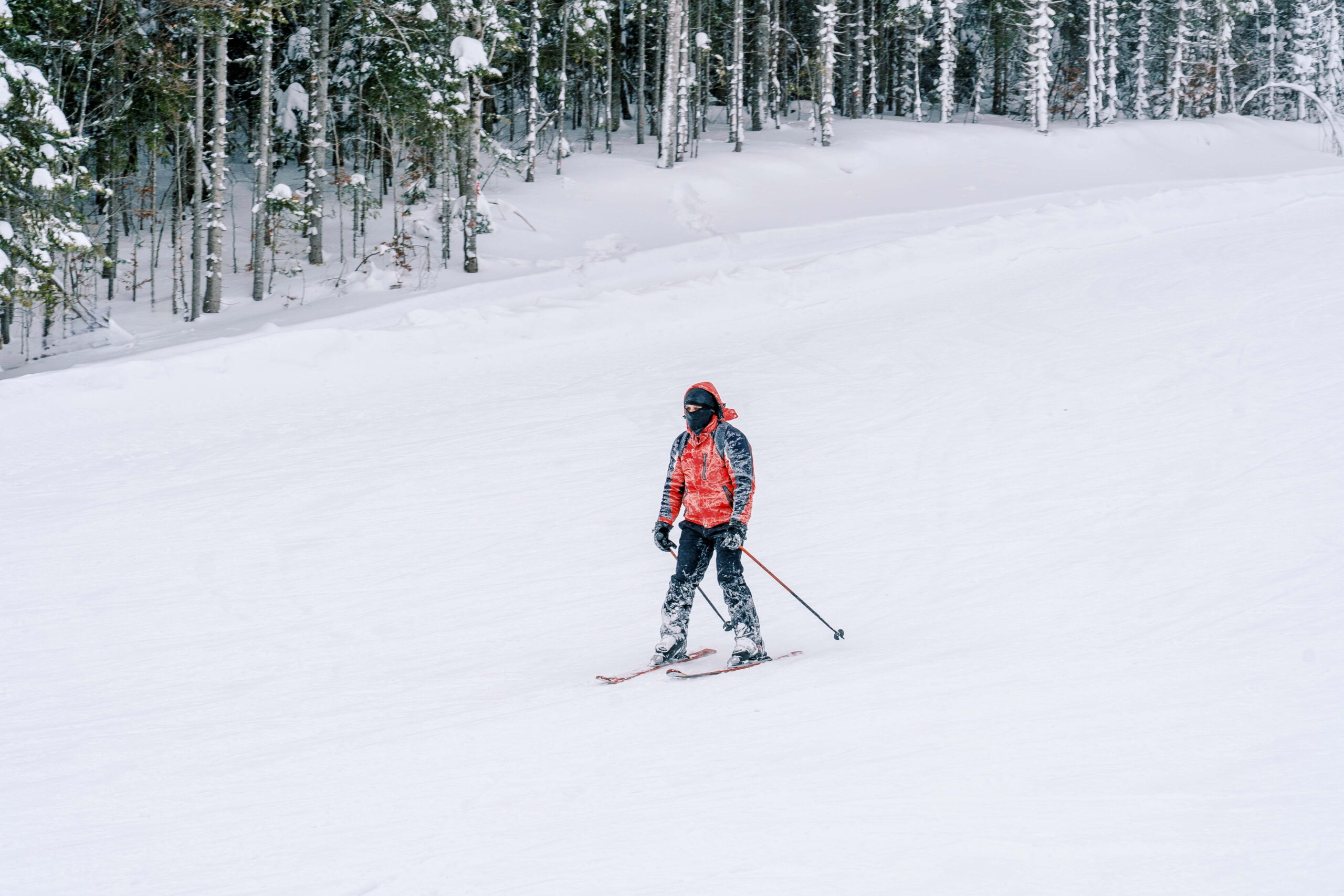It didn’t feel like winter at first. The calendar said January. The sky disagreed. For a week, Purgatory Resort stayed quiet — snow guns idle, lifts on pause, ski racks empty. Then, suddenly, it came. Fast, wet, insistent. Just enough to flip the season from delay into something close to real.
That’s the thing about skiing Durango, Colorado: you don’t just plan it — you listen for it. Because even with maps and metrics, the slopes have their own memory. They decide when the rhythm starts. In January 2025, snow arrived 8 days later than average, pushing Purgatory’s opening back a full week — a subtle shift that rippled through hotel bookings and gear rentals town-wide.
When the Mountain Holds Back
There’s a tension you can’t see on the trail map. Purgatory isn’t the biggest or the flashiest. But it doesn’t try to be. What it offers is pace — not necessarily slow, but layered. Wide groomers one hour, tree runs the next. A lift line that shortens by noon if the wind behaves. A beginner hill that doubles as a proving ground for mid-morning breakthroughs.
But sometimes it hesitates.
Weather patterns shift. Equipment glitches. And yet — people still show. Because skiing here isn’t just slope-deep. It’s tied to how this place works. Families plan around it. Locals take days off to match storm cycles. And snowboarding Durango-style? It bends to terrain without demanding perfection.
The Slopes That Shape Winter
Purgatory Resort (formerly Durango Mountain Resort) is the primary hub.
Here’s how it breaks down:
- Vertical Drop: ~2,000 ft
- Base Elevation: 8,793 ft
- Skiable Terrain: 1,600+ acres
- Runs: 105+ (20% beginner, 45% intermediate, 35% advanced)
- Lifts: 11
- Snowmaking: Covers ~25% of trails
- Season: Typically late November to early April
Purgatory offers:
- Terrain parks for freestyle riders
- Lessons for all ages (book early during holidays)
- Night skiing on select weekends
- Nordic center with groomed cross-country trails
Other options:
- Hesperus Ski Area — just west of town, more compact, popular for night skiing
- Backcountry access — for advanced skiers, including La Plata Canyon and Coal Bank Pass (avalanche gear and local knowledge required)
By mid-February 2024, sidecountry routes off Lift 8 became heavily trafficked, prompting patrols to expand warning signage for less-experienced skiers.
Not Just for Pros: Who Really Rides Here
This isn’t Aspen. That’s the point. Skiing Durango draws a different kind of rider. People who pack gear into Subarus and show up with thermoses instead of glam. Families who rotate babysitting on the bunny hill. Students skiing weekends in borrowed jackets.
It’s layered — like the snowpack itself.
Beginners don’t feel rushed. Intermediates find range. And experts? They either scout back bowls after storms or disappear onto tree runs with no map names outright.
It works — until it doesn’t. A freeze-thaw cycle turns groomers slick. A strong sun bakes the upper glades. But even then, something pulls people back.
We used to think consistency was the point. Then we saw what a shift in light could do to the same run. And started chasing that instead.
What Winter Does to Durango
When the slopes fill, so does the town. Cafés double their hours. Wax shops run late. Shuttle drivers memorize which regulars bring coffee bribes.
But it’s not just tourism.
Ski season anchors the local economy — from lift techs to burrito vendors. Schools even adjust schedules around major storm systems.
And there’s an atmosphere — part anticipation, part recovery. After fresh powder, you feel it: at grocery stores, in line at gas stations, behind slowed brake lights on 550 North.
Skiing doesn’t just stay on the mountain here. It tracks back with you. In boots, in voice tone, in how people walk slower after a long run. Even when the snow is patchy.

Comments are closed